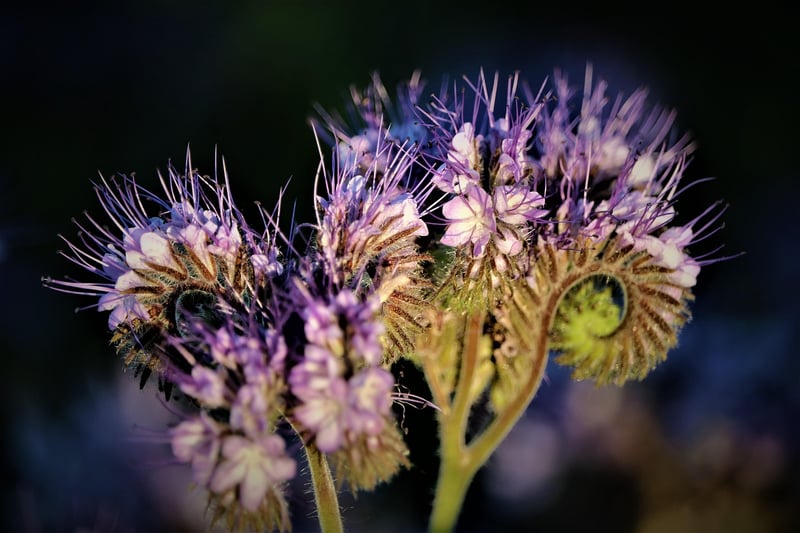Repellent Plants
Protecting Plants Organically: Using Repellent Plants
When it comes to safeguarding your garden from pests and insects, using chemical-free methods is not only beneficial for the environment but also for your health. One effective way to protect your plants organically is by incorporating repellent plants into your garden. These plants naturally repel unwanted insects and pests, reducing the need for harmful pesticides.
What are Repellent Plants?
Repellent plants are specific types of plants that emit odors or substances that deter pests. By strategically planting these repellent plants alongside your other crops, you can create a natural barrier that helps keep pests away.
Benefits of Using Repellent Plants:
- Environmentally Friendly: Repellent plants offer a sustainable and eco-friendly way to protect your garden without the use of chemicals.
- Cost-Effective: By using natural repellents, you can reduce the need for expensive pesticides and insecticides.
- Attract Beneficial Insects: Some repellent plants also attract beneficial insects that help control pest populations in your garden.
- Enhance Biodiversity: Including a variety of plants in your garden promotes biodiversity and creates a healthier ecosystem.
Common Repellent Plants:
Here are some popular repellent plants that you can consider adding to your garden:
- Lavender: Known for its fragrant aroma, lavender repels moths, fleas, and flies.
- Marigold: Marigolds deter aphids, mosquitoes, and nematodes.
- Chrysanthemum: Chrysanthemums contain pyrethrin, a natural insect repellent effective against a variety of pests.
- Mint: Mint plants repel ants, aphids, and cabbage moths.
- Garlic: Garlic is a powerful repellent against aphids, beetles, and spider mites.
How to Incorporate Repellent Plants:
To maximize the benefits of repellent plants, consider the following tips:
- Interplant repellent plants with your vegetables and herbs to create a protective barrier.
- Place repellent plants near entry points to your garden to deter pests from entering.
- Regularly prune and maintain repellent plants to ensure optimal effectiveness.
- Experiment with different combinations of repellent plants to find what works best for your garden.
By integrating repellent plants into your garden, you can protect your plants naturally while promoting a healthy and thriving ecosystem.

